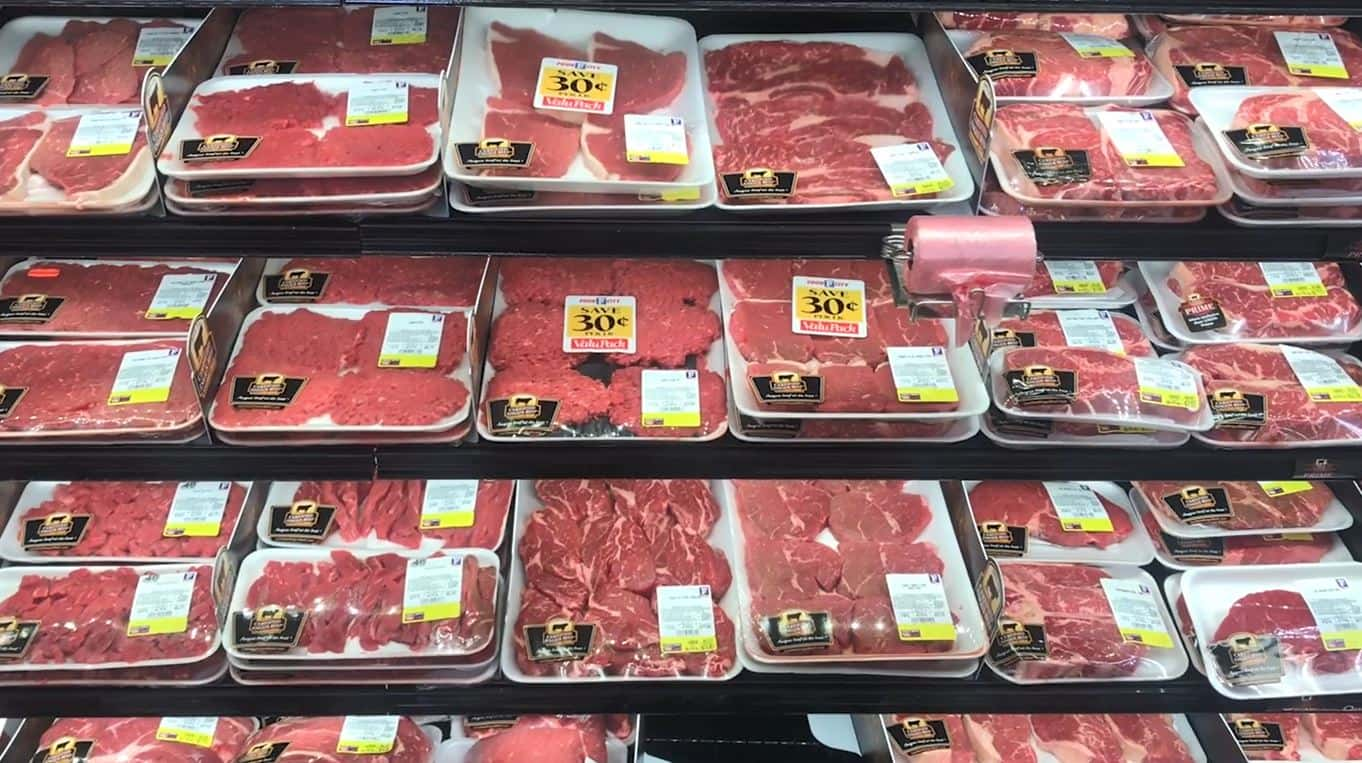The choice boxed beef cutout has fallen 58% since it peaked at $475.39 per cwt on May 12. Recently, the cutout has been just hovering about the $200 market. On Friday, July 17th, the choice cutout slipped to its lowest level the lowest since December 2017. Both supply and demand factors are at work pushing wholesale beef prices lower.
Estimated beef production last week was 538.4 million pounds, 2.1% higher than the same week last year. Estimated cattle slaughter last week was 650,000 head, down slightly from 655,400 last year. The latest carcass weights have steer carcasses averaging 896 pounds, up 35 pounds year-over-year and heifer carcasses at 826 pounds, 34 pounds above the same time last year.
Heavy fed cattle backed up in feedlots prevented the normal seasonal decline in carcass weights in April, May and June. In 2019, steer carcass weights declined from 896 pounds at the beginning of the year to a seasonal low of 842 pounds by the first week of June; a drop of 50 pounds. This year steer carcass weights were 896 pounds in June, down 16 pounds from 912 pounds at the beginning of the year. The lowest weekly steer carcass weight this year was 886 pounds in April before weights moved counterseasonally higher in May and June.
The industry is gradually working through the backlog of cattle in feedyards. Analysts estimate that the number of cattle on feed over 150 days numbered about 950,000 head as of July 1. The means the industry reduced the backlog by about 30,000 head in June. A start, but still a long way to go.
Though summer is grilling season, the period between July 4 and Labor Day is a relatively weak beef demand period…the dog days of summer. This period is normally a slow beef demand period for restaurants, aggravated this year by a still recovering food service sector. Beef buying should pick up in August in preparation for Labor Day. After all the disruption in food markets in the first half of the year it is difficult to know if markets are following normal seasonal patterns all this summer.
Longer term, beef demand may be affected by the economic recession. Impacts have not been obvious thus far but unemployment is still high and some unemployment benefits will end this month. With COVID-19 far from controlled, considerable uncertainty remains regarding how school schedules, sporting activities and business travel could affect beef demand this fall.
Beef production will be higher year-over-year for the remainder of the year and total pork and poultry production are also forecast to reach record levels as well. That is likely to leave stiff competition for those consumer dollars going forward.
###
Derrell Peel – Oklahoma State Extension
Northern Ag Network


